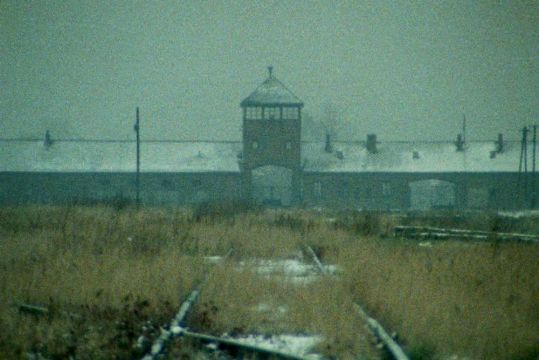Shoah

Synopsis
“Making a history was not what I wanted to do. I wanted to construct something more powerful than that” – Claude Lanzmann
Shoah is Claude Lanzmann’s landmark documentary meditation on the Holocaust. Assembled from footage shot by the filmmaker during the 1970s and 1980s, it investigates the genocide at the level of experience: the geographical layout of the camps and the ghettos; the daily routines of imprisonment; the inexorable trauma of humiliation, punishment, extermination; and the fascinating insights of those who experienced these events first hand.
Absent from the film is any imagery shot at the time the Holocaust occurred. There is only Lanzmann and his crew, filming in private spaces and now-dormant zones of eradication to extract testimony from a series of survivors, witnesses, and oppressors alike. Through his relentless questioning (aided on occasion by hidden camera), Lanzmann is able to coax out material of unparalleled emotional truth that constitutes both precious oral history and withering indictment.
Shoah (the title is a common designation for the Holocaust, and a Hebrew word that can be translated as “Catastrophe” or “Annihilation”) was the first of Lanzmann’s films to analyse the effects of the death camps on individual lives and the world at large. It represents an aesthetic achievement in line with Alain Resnais’ Night and Fog, combining inquiry, rage, and mourning to create a monumental portrait of shame and grief. Shoah locates within the present a direct line to the horrors of the past, and is widely regarded as one of the most powerful films of all time.